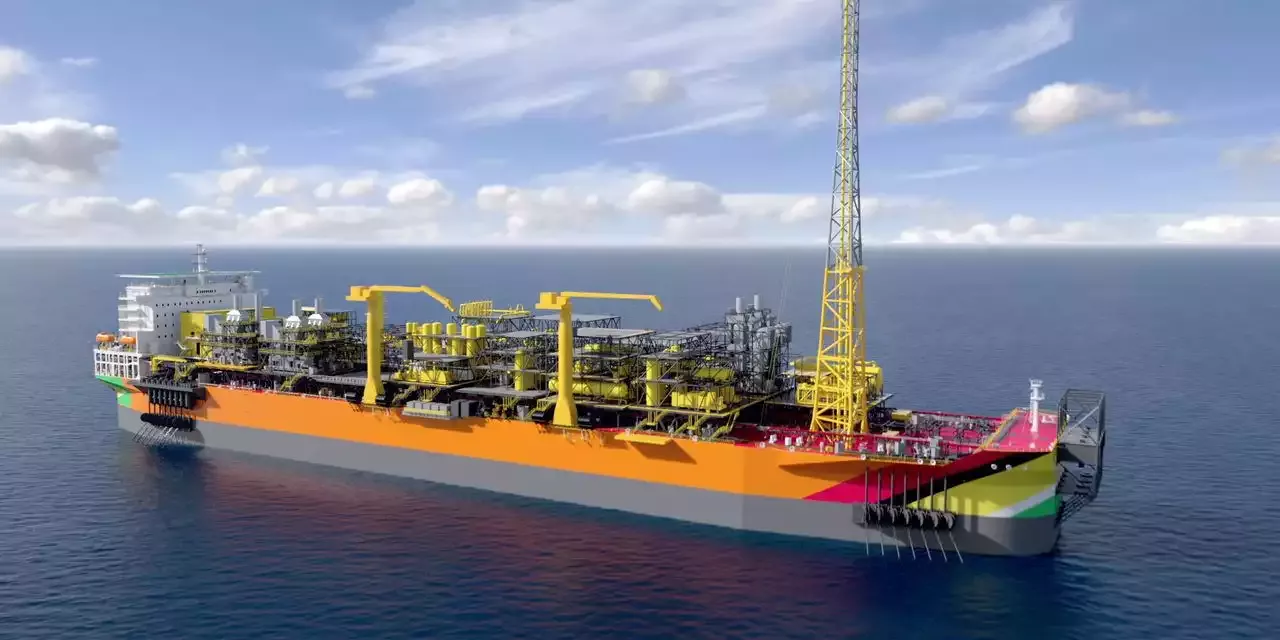The combination of underinvestment in new oil wells and rising demand underscores what might be a long period of high prices for energy commodities. Meanwhile, many oil and gas stocks are still trading at low valuations to expected earnings despite a sector-wide rally stretching back to the end of 2020.
Even though the energy sector of the S&P 500 SPX is the only one to rise this year, investors seem still to be at an early stage of a lucrative multi-year cycle. On the left, the chart shows that oil industry capital expenditures had increased during previous periods of low supply. But the right side of the chart shows that capital spending fell very low last year as inventories were declining.
“ We don’t need $100 oil. If oil stays above $80, these companies can still produce a lot of free cash that they can return to shareholders.” “The U.S. can bring supply back,” he said. But this hasn’t started yet, because “shareholders want operators to be more disciplined.” Wong also pointed to a difficult political environment for pipeline construction, increasing regulations and difficulty borrowing from banks all increasing the cost of new source development.
Among Canadian oil producers, Wong likes Suncor Energy Inc. SU SU and Meg Energy Corp. MEG as plays on free cash flow. Based on closing share prices on May 10 and consensus free-cash-flow estimates for the next 12 months among analysts polled by FactSet, Suncor’s estimated free cash flow yield is 18.28%, while the estimate for Meg Energy is 25.68%. Those are very high, compared to consensus estimates of 5.07% for the S&P 50 and 11.15% for the S&P 500 energy sector.
Which ones?
